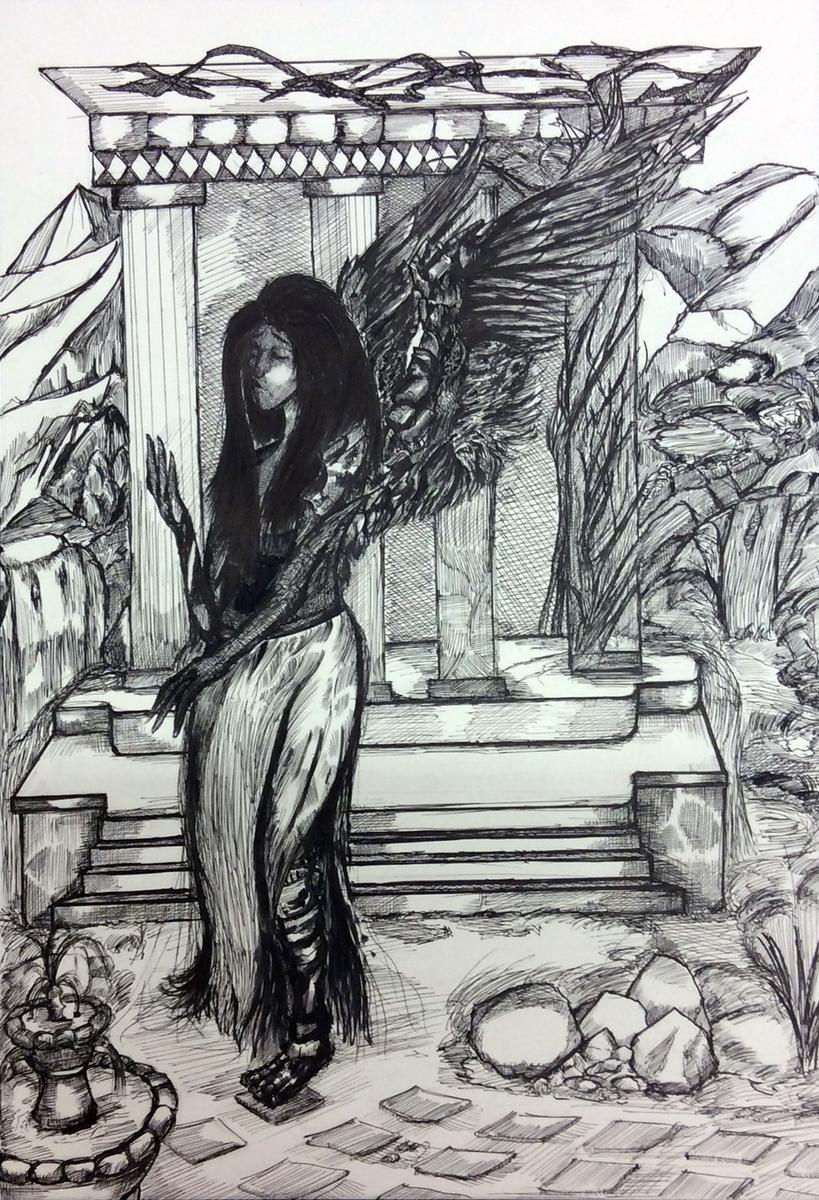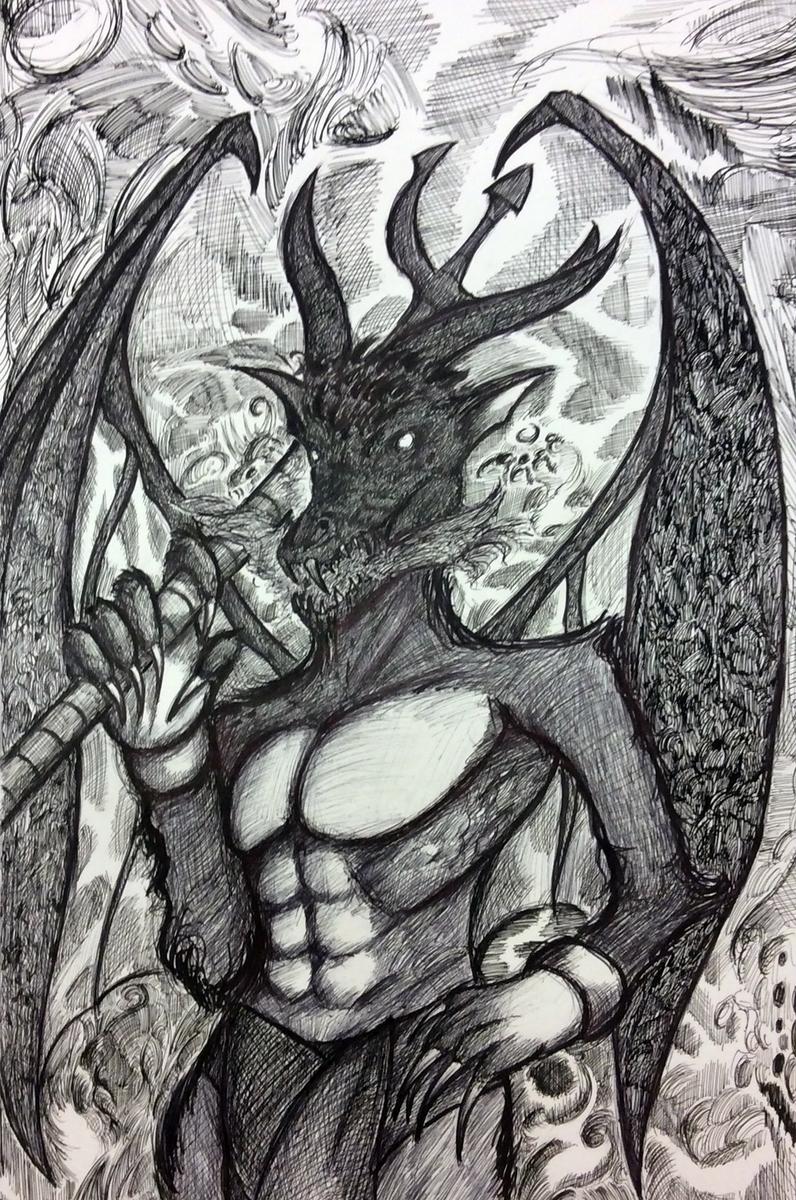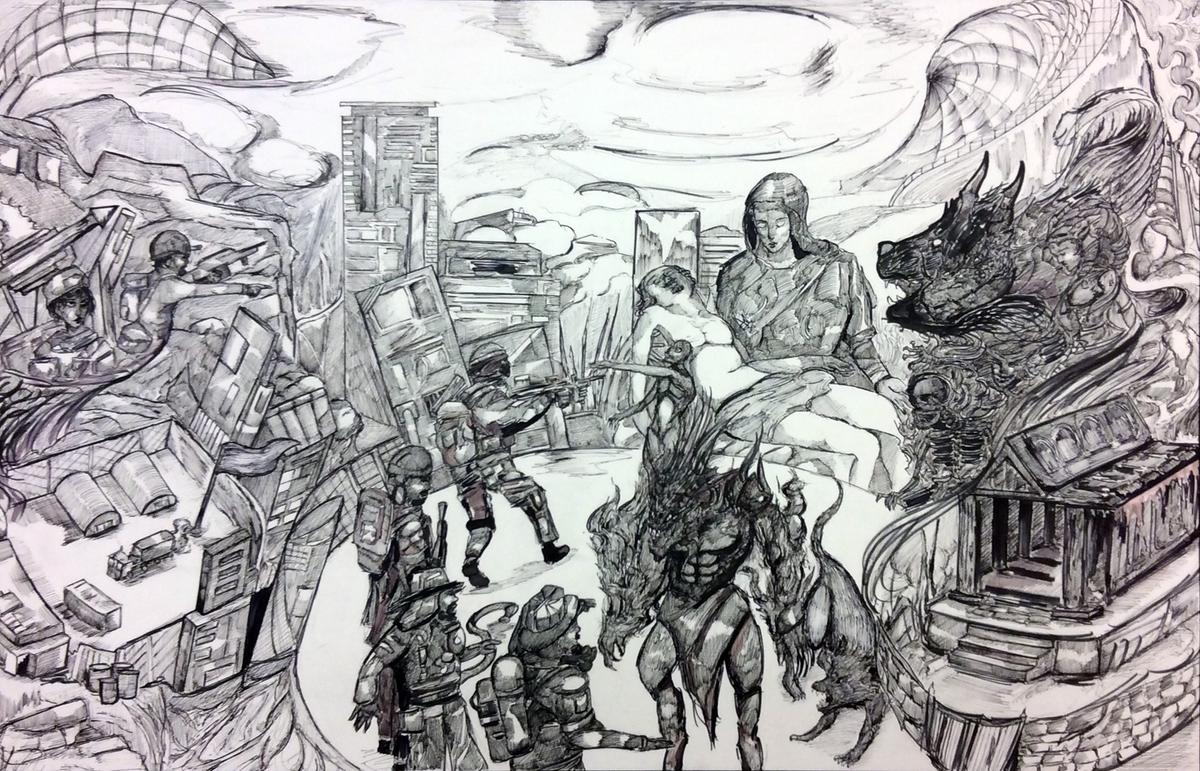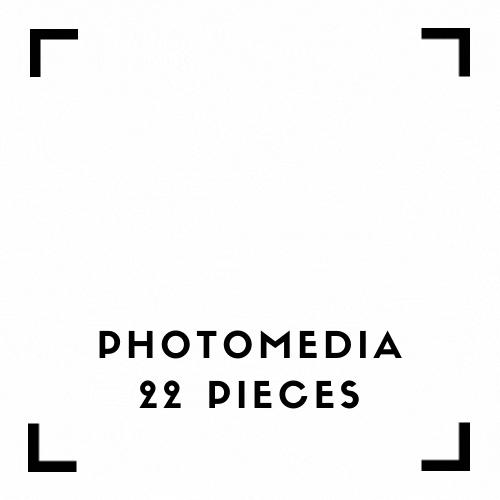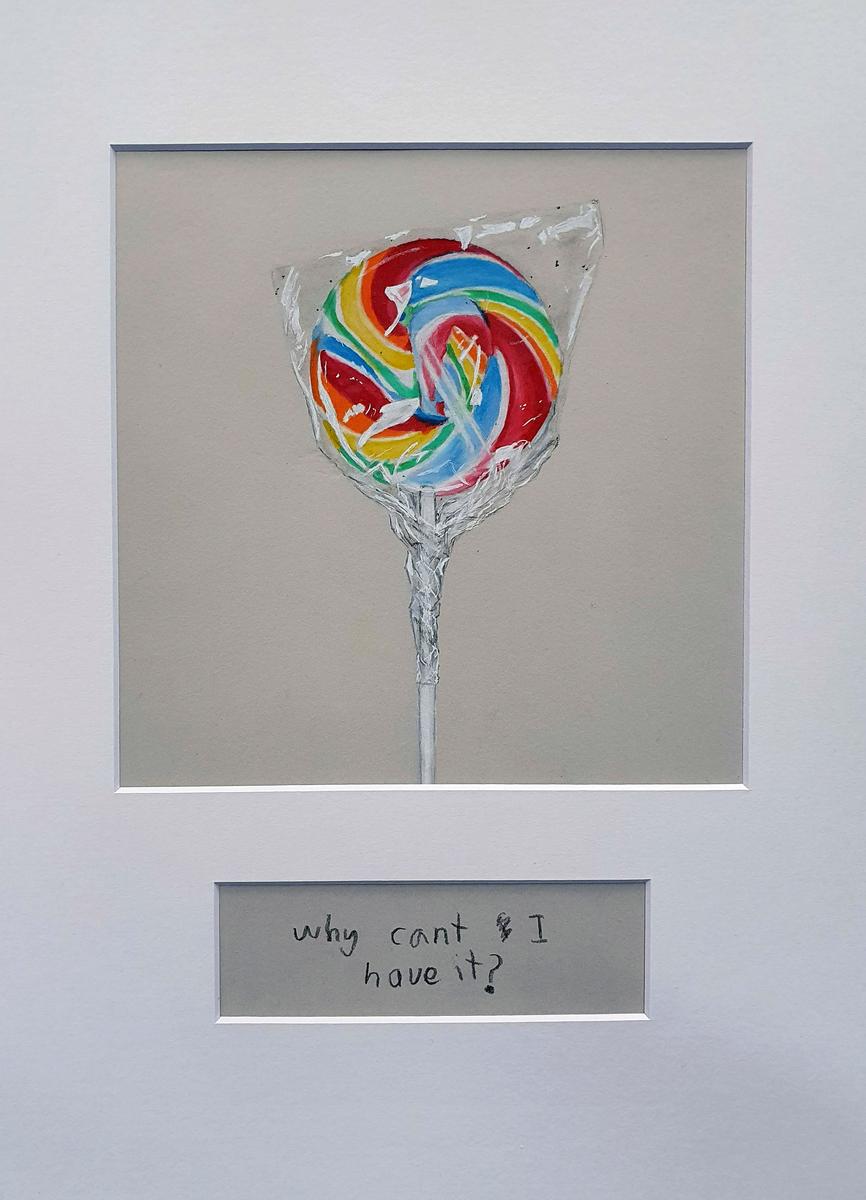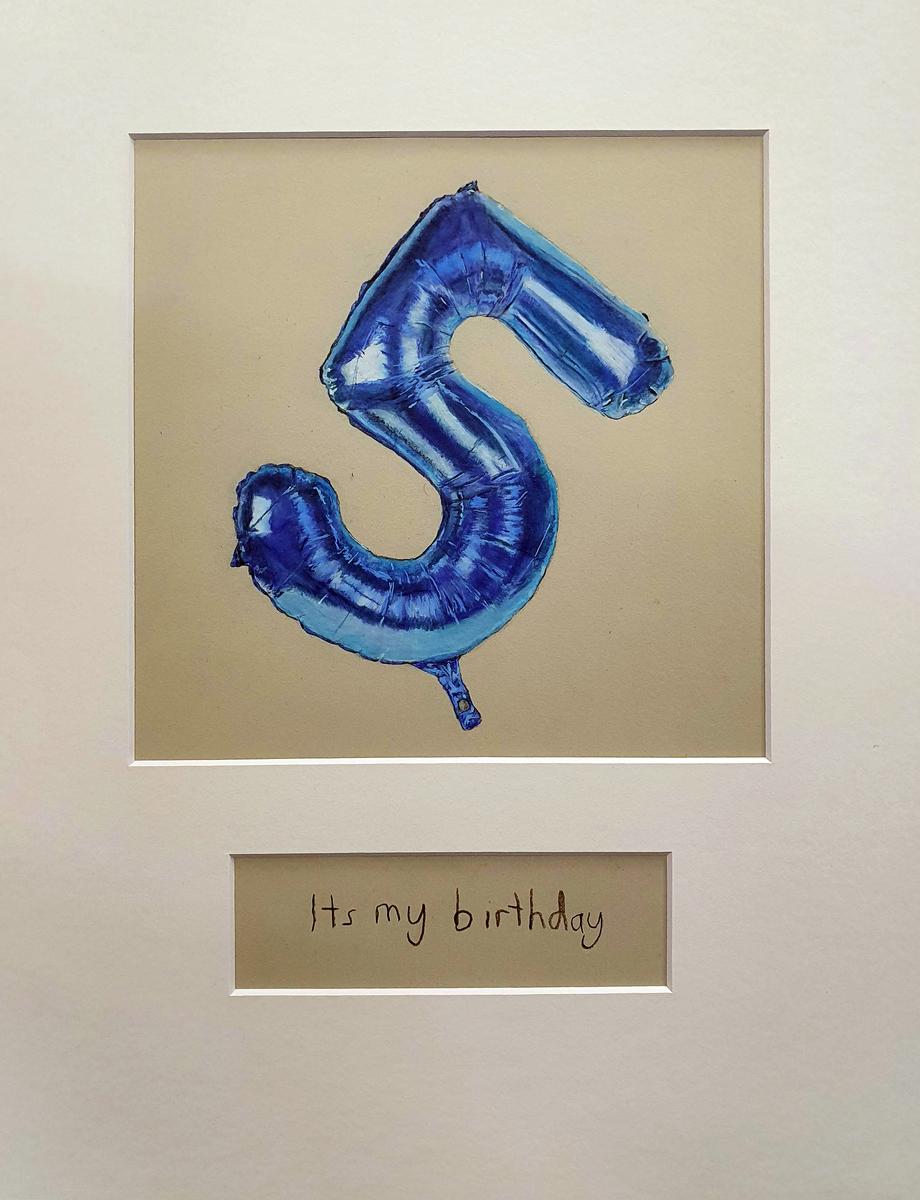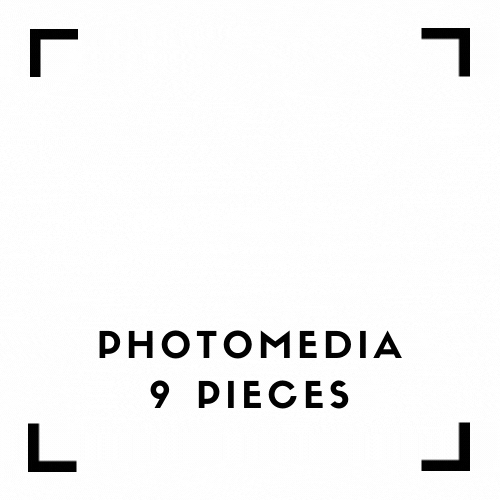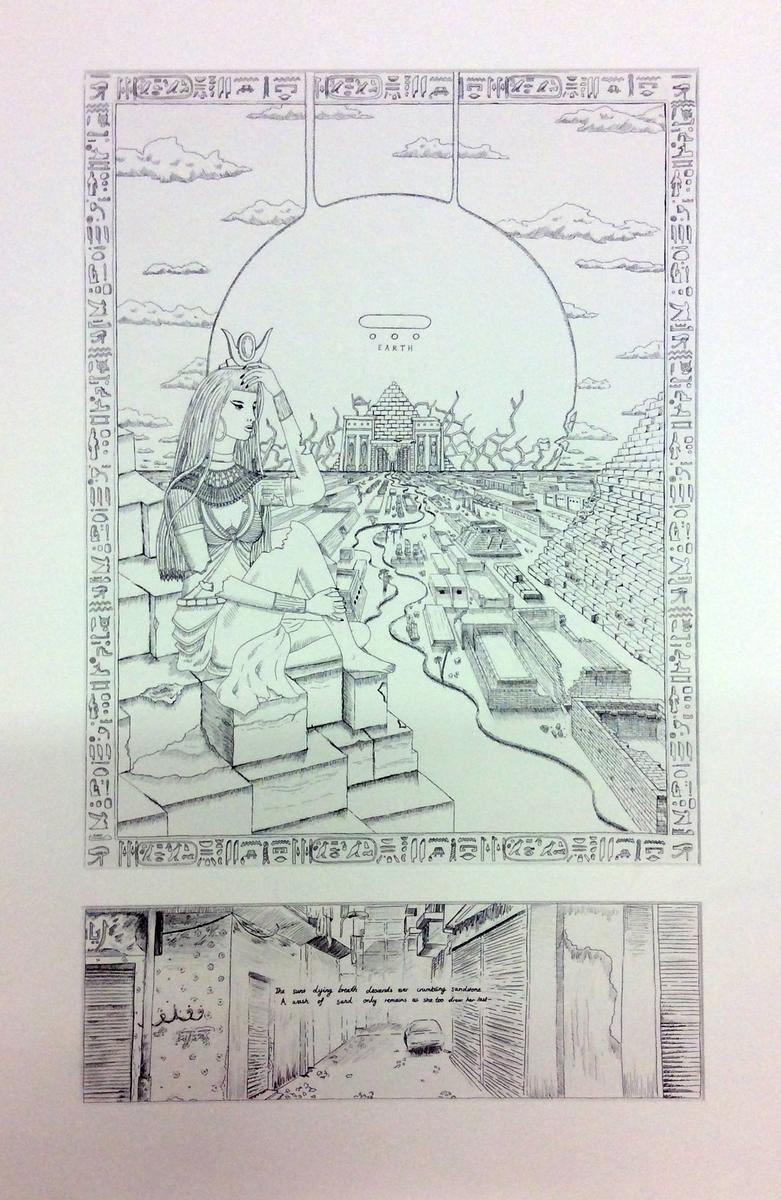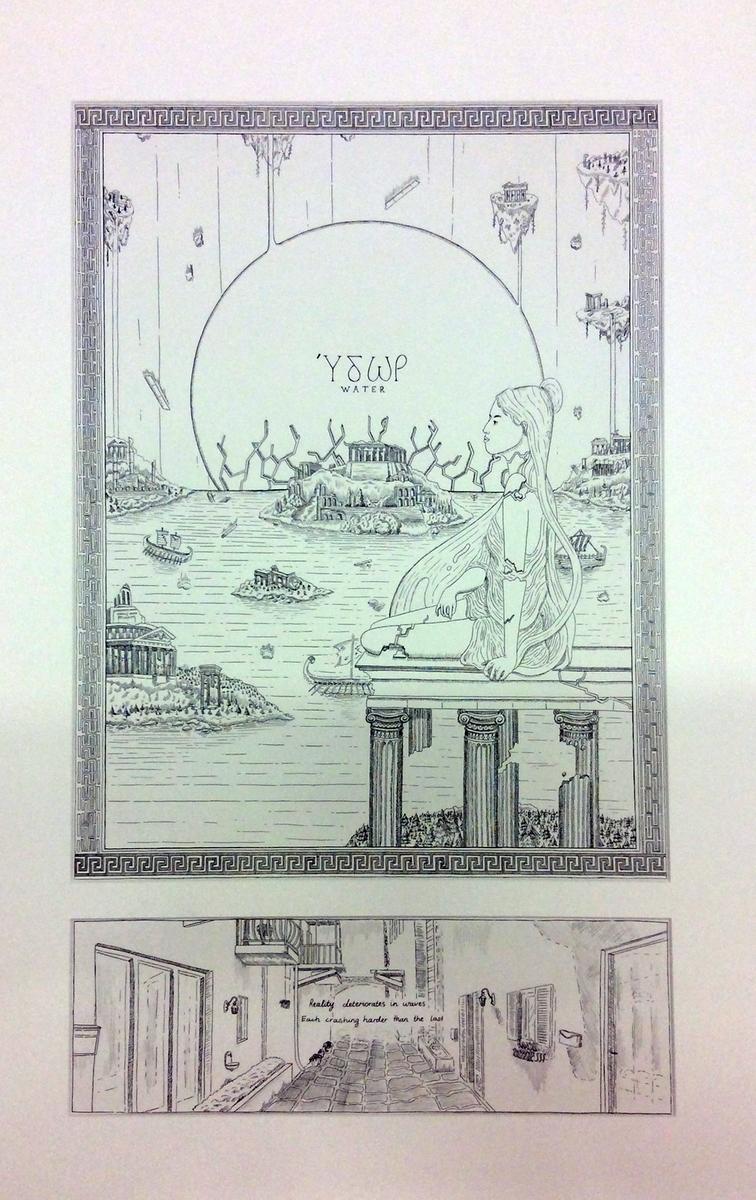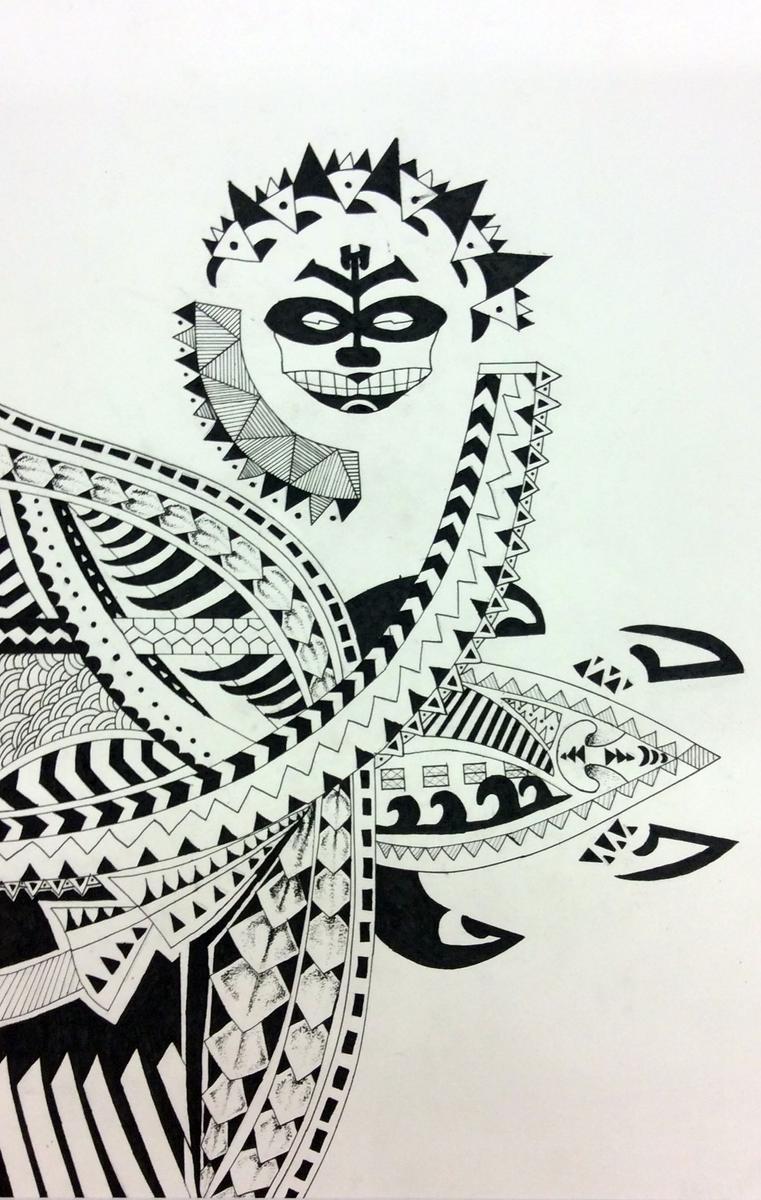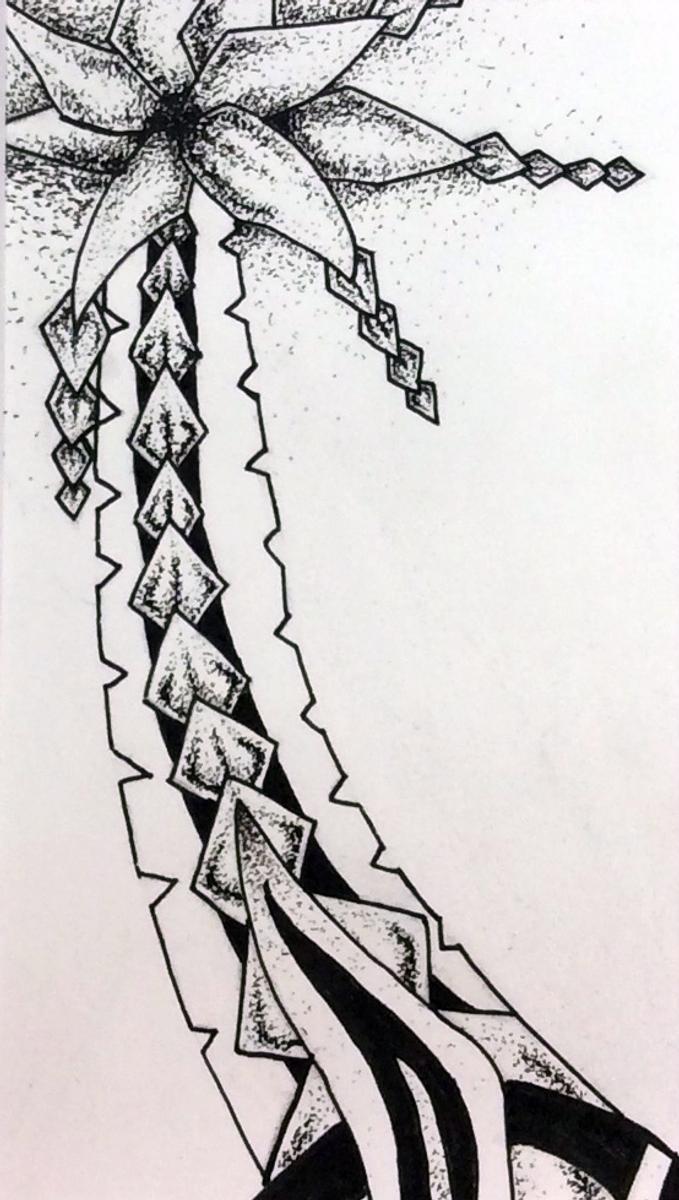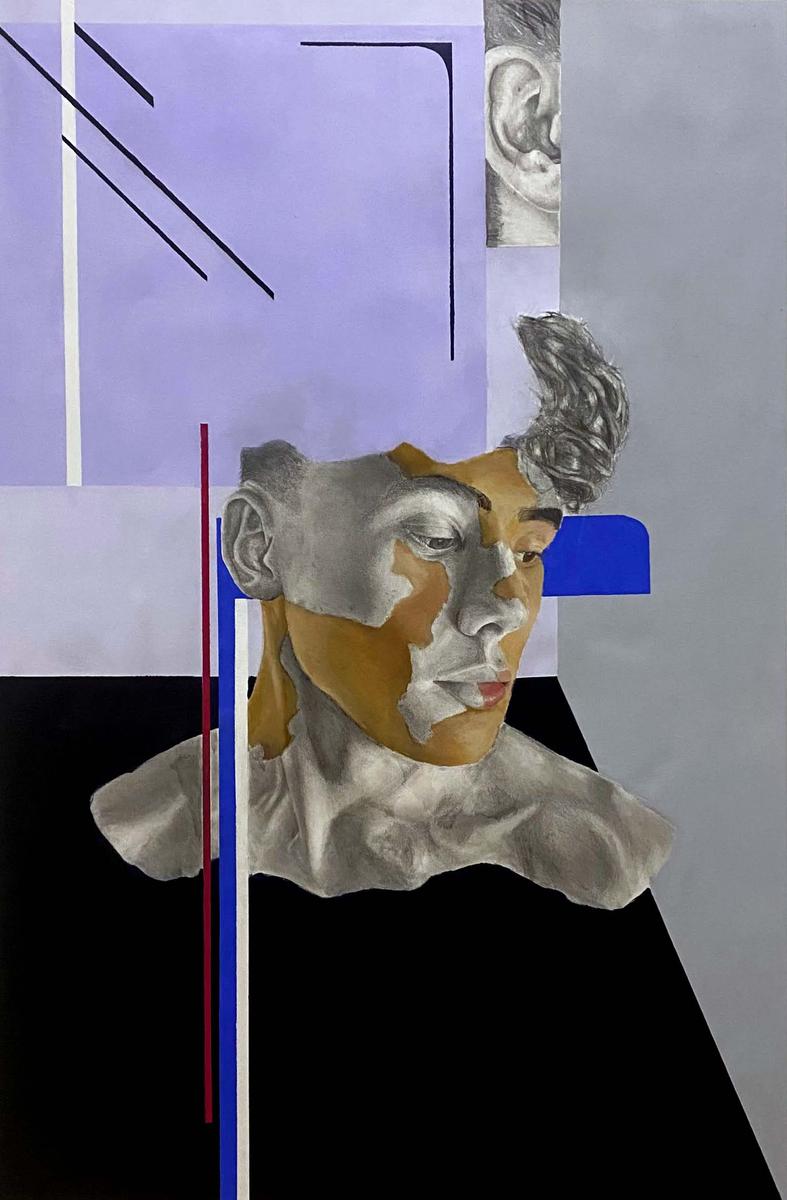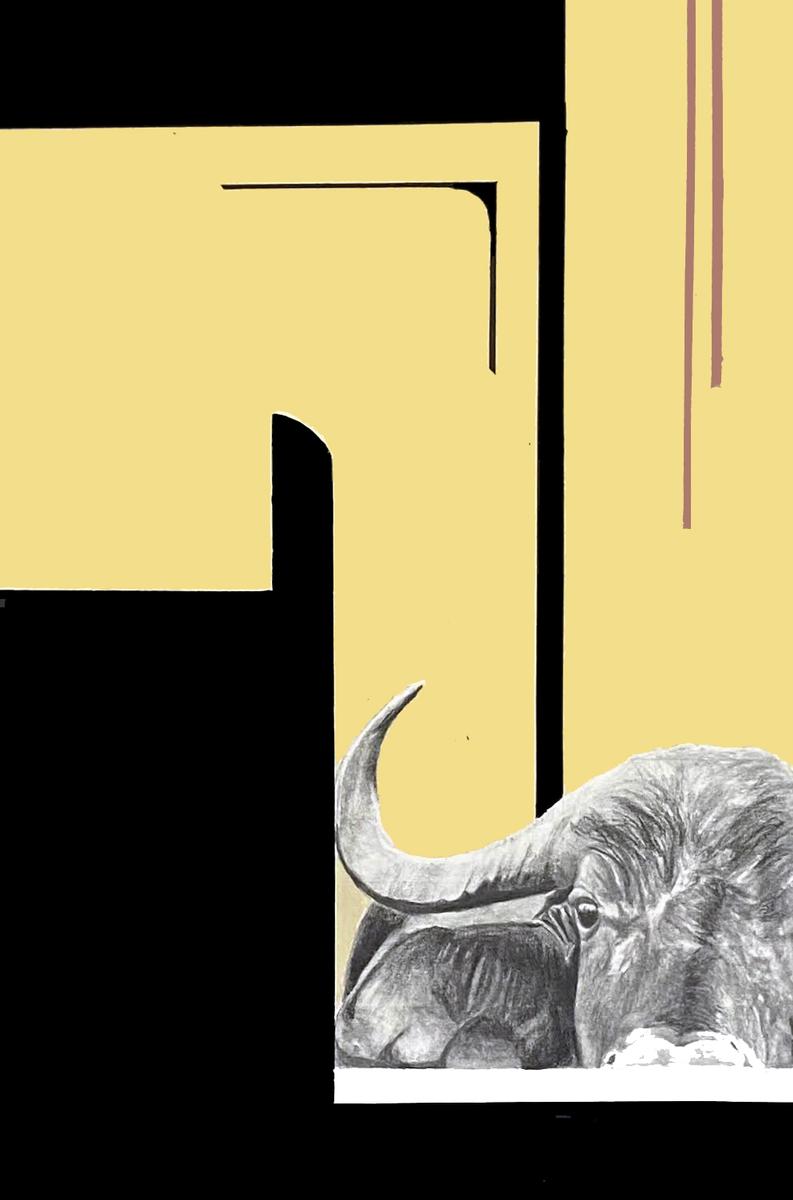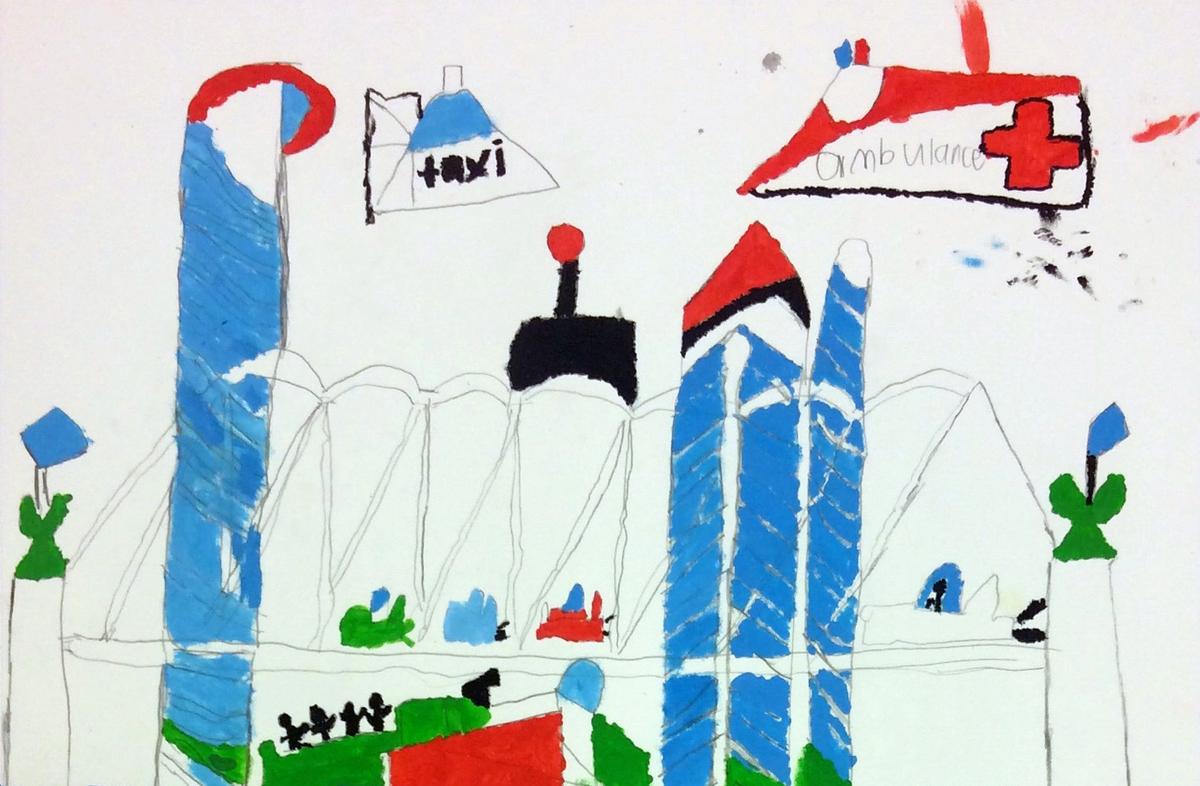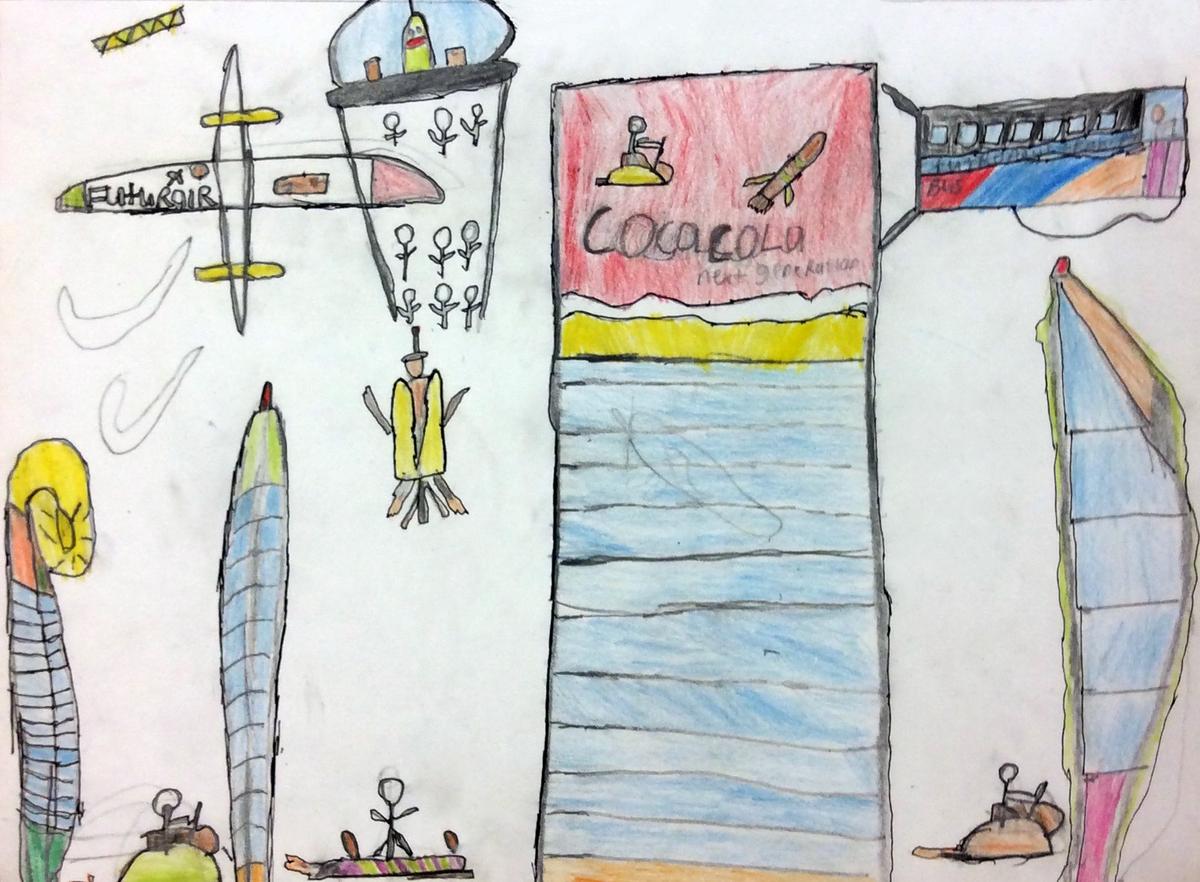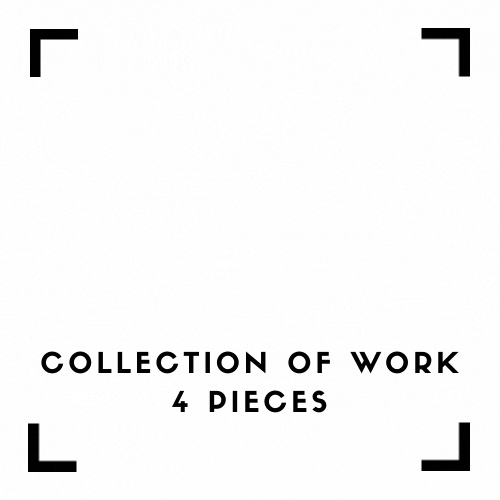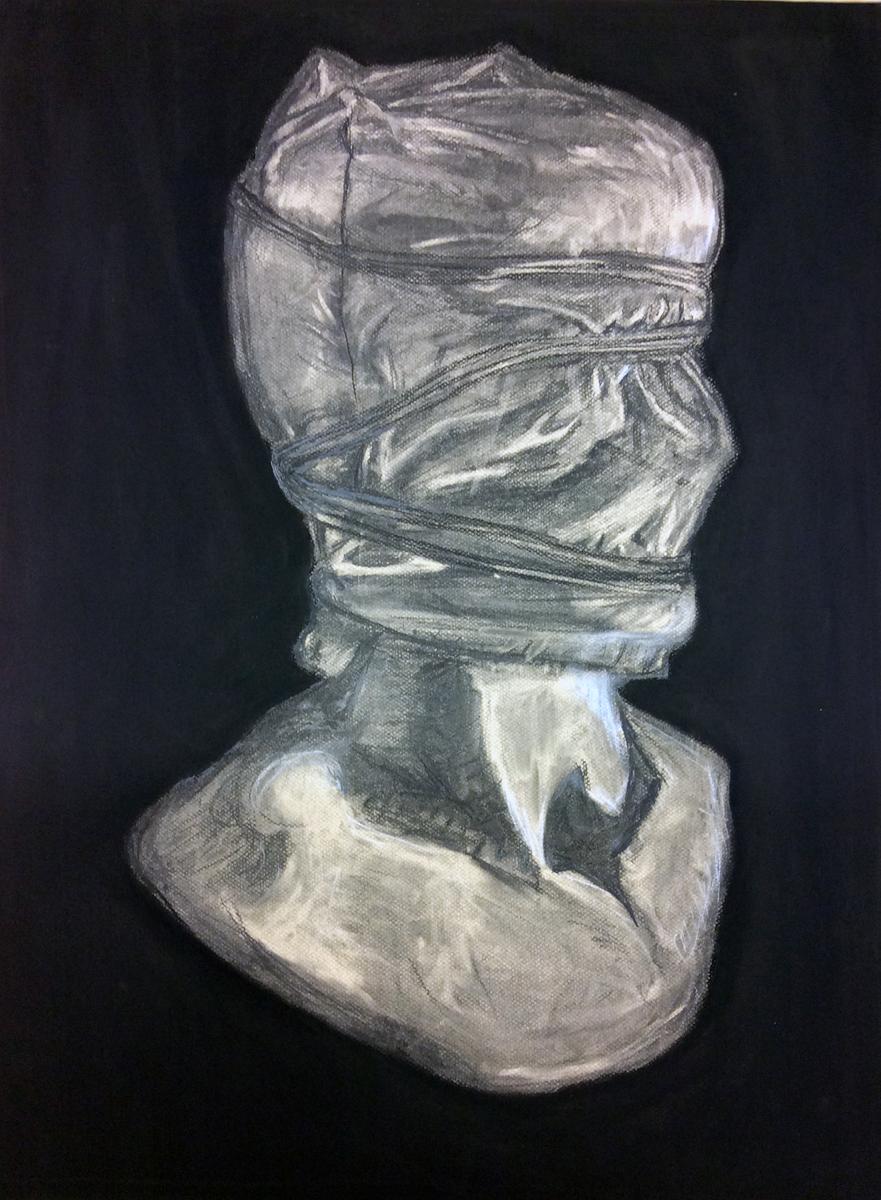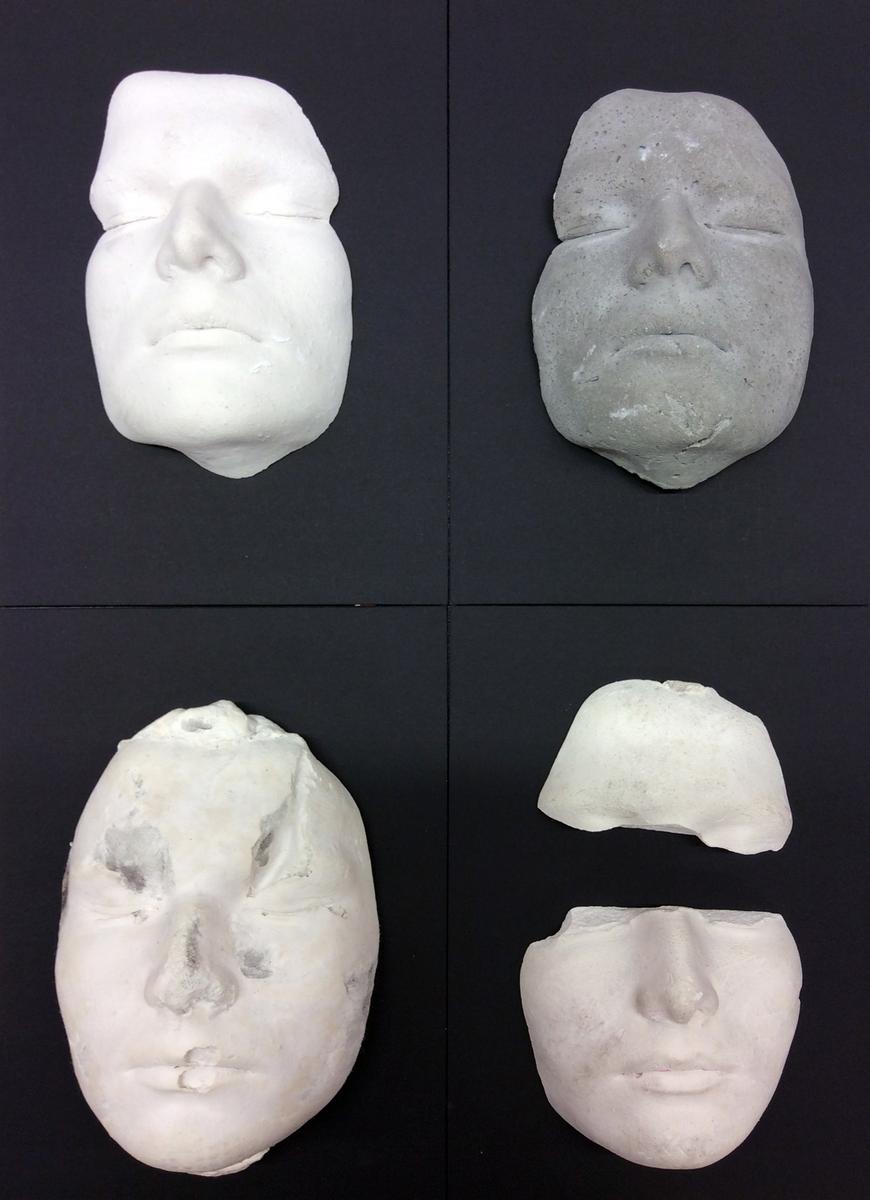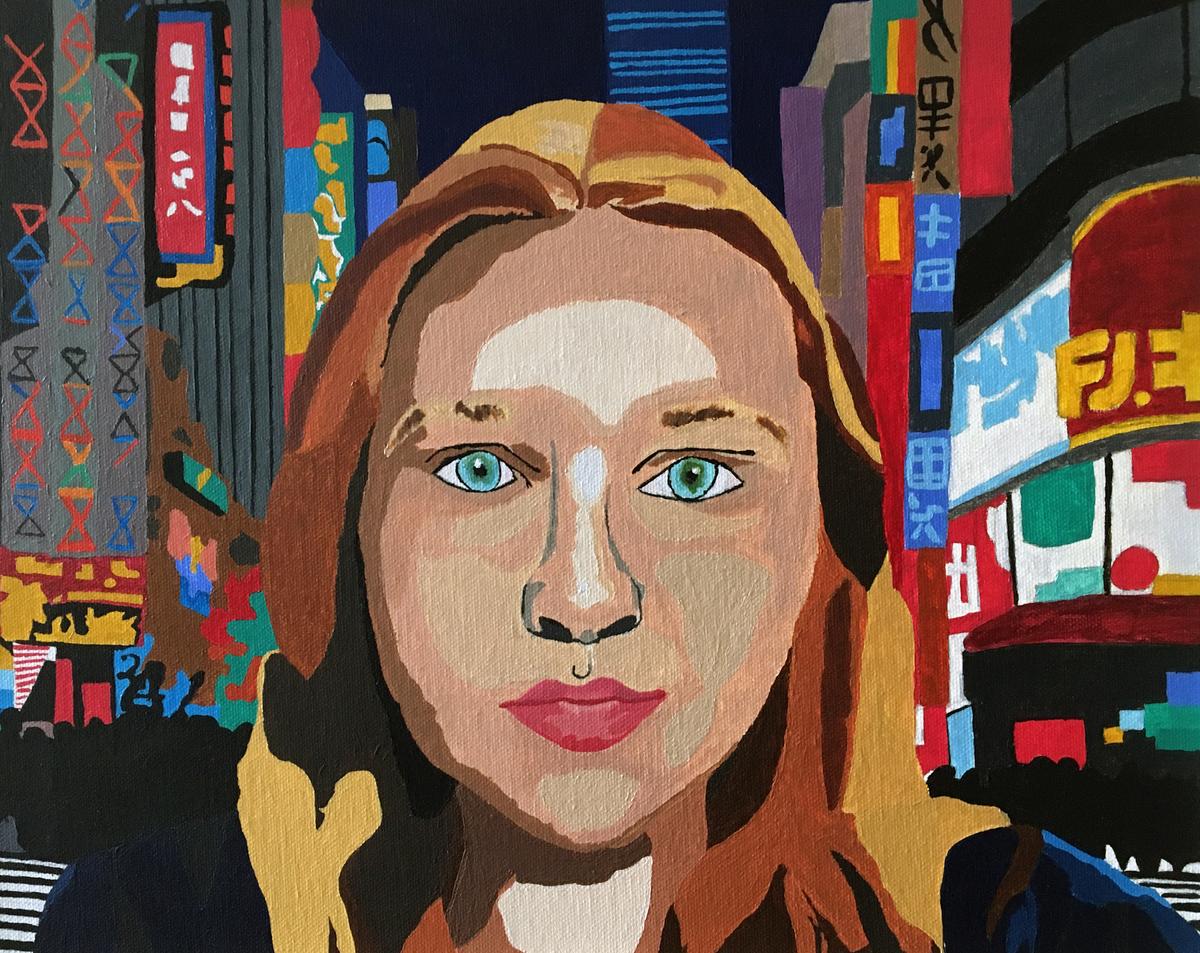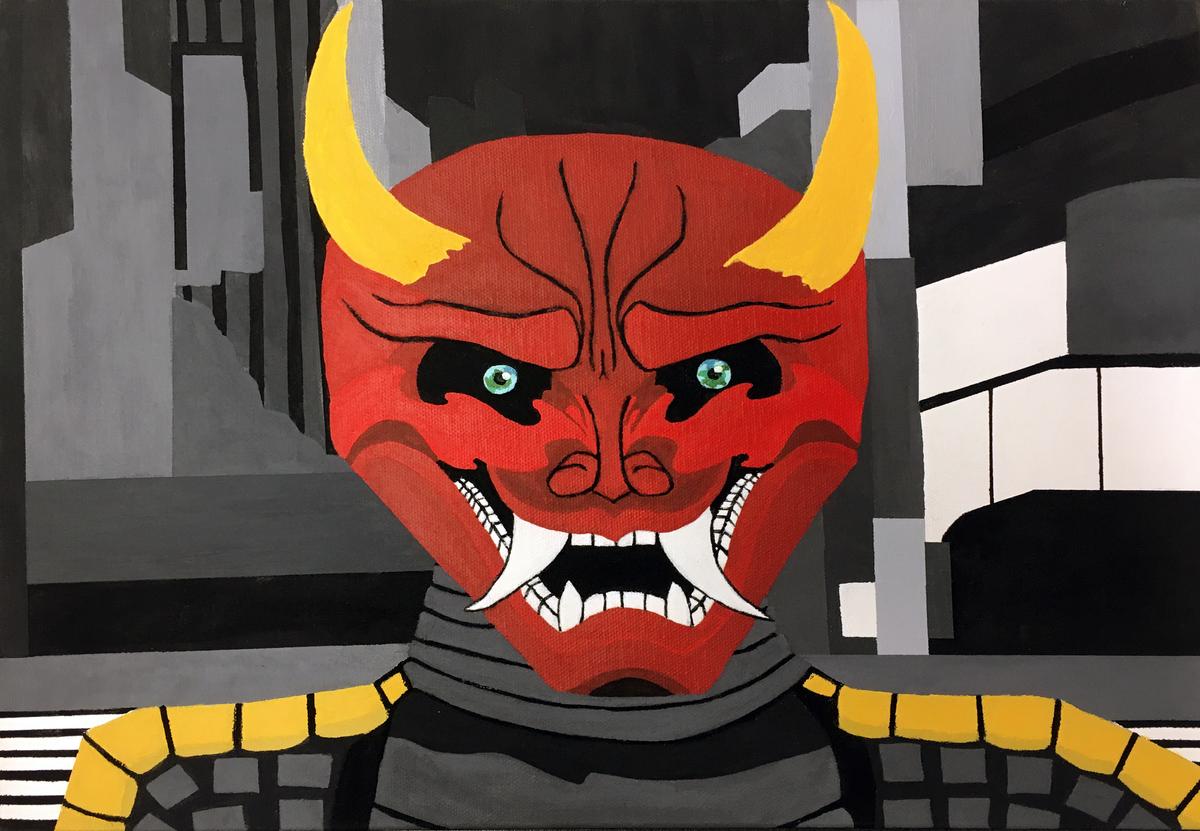Curriculum
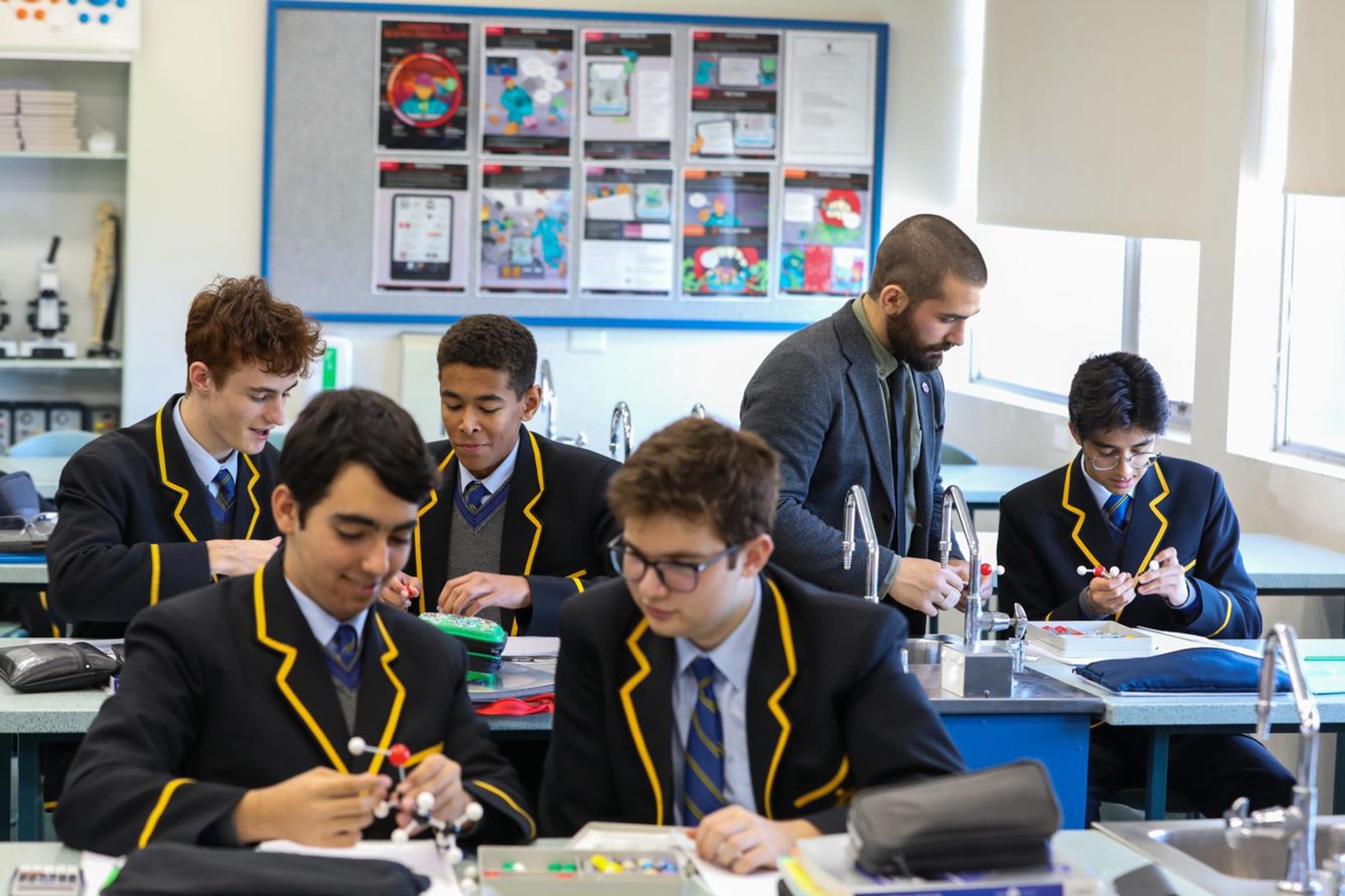
2021 HSC Facts and Figures
With the HSC written examinations approaching, interested parents/carers may want to learn some facts and figures about this year’s HSC from NESA (via this link).
This website is intended to provide public information about the 2021 HSC. Previous years are also included.
It is an excellent resource for informed parents. Some statistical data on this year’s HSC candidatures are provided by subject, gender, and patterns of enrolment, among other interesting facts.
Final Preparations for the HSC Written Examinations
Although it has been a much delayed and protracted lead up to the HSC written examinations, the next two weeks are very important for each Year 12 student to sustain his focus in the realisation that in terms of marks, it is still only half-time – the game is not over yet. There is still 50% of the HSC mark to be obtained.
The HSC written examinations commence Tuesday 9 November with the English Standard and Advanced Paper 1 in the morning, and concluding Thursday 2 December with the Information Processes and Technology paper in the morning session.
Thorough and ongoing revision of the syllabus points and practise using past papers under self-imposed examination conditions are essential to sharpen preparation for the examinations ahead.
Over the course of the year, teachers have drawn attention to readily accessible resources on the internet to assist the boys with their study and revision. These include but are not limited to:
- https://educationstandards.nsw.edu.au/wps/portal/nesa/home – syllabuses, past examination papers and notes from the marking centre, 2021 HSC examination timetable and Students Online.
- https://arc.nesa.nsw.edu.au – syllabuses, past examination papers and notes from the marking centre, standards packages and online multiple-choice.
- https://www.smh.com.au/hsc-study-guide-2021 – recently published, this site provides guides and advice on study and examination techniques.
I recommend that all Year 12 students continue to engage with the above sites as part of their preparation for the HSC examinations.
HSC Students Online
This NESA website facility provides students with their:
- personal details
- enrolment details
- personalised HSC examination timetable
- personalised Advice Line schedule
- Assessment Rank Order Notice
- HSC results.
It is important that Students Online is accessed and checked. Should parents/carers or their sons have further questions about the Students Online service or concerns about the information therein, please do not hesitate to contact Mr Cutrupi at the College.
During the HSC, Students Online and the NESA website will continue to be an important source of information about the HSC. NESA will also continue to provide assistance for any HSC related matters.
COVID Safe Protocols for the HSC Written Examination
The Year 12 Coordinator, Mr Texeira, will provide Year 12 students in the coming days with detailed procedures and protocols to ensure the HSC written examinations operate at the College in a COVID safe manner.
NESA has ruled that students must not attend an examination if:
- they have any cold or flu-like symptoms (fever, cough, sore/scratchy throat, shortness of breath, loss of taste or sense of smell)
- they have been tested for COVID-19 and have not yet received their test result
- they have been directed by NSW Health to self-isolate
- they have tested positive for COVID-19
- they are a designated secondary close contact. The student must get a COVID-19 test and self-isolate until they and the close contact receive a negative result
- someone in their household has symptoms of COVID-19. The household member should be tested and if they are negative, the student can then return.
All students will be required to submit on arrival a student declaration, that none of the above points apply, as part of the student screening procedures prior to entry to examination rooms.
Students can apply for illness and misadventure if they can’t attend an examination because they have COVID-19 symptoms, have an examination cancelled, or are required to self-isolate. A medical certificate or other evidence will be required.
HSC Illness/Misadventure
In the event of illness or misadventure during the HSC examinations, it is imperative that the HSC Presiding Officer, Mrs Saric, is immediately notified. The College, through either Mr Texeira or Mr Cutrupi, must also be notified. An appeal form, which covers all affected examinations, will be issued. The completed form, supported by a doctor’s certificate or other relevant documentation, must be returned to Mr Cutrupi for the Principal’s signature and submission to NESA by no later than Friday 3 December.
HSC Assessment Rank Order Notices
These may be accessed and printed from home via the Students Online facility on Friday 3 December. Appeals concerning rank order must be submitted to Mr Cutrupi, in writing, by no later than 3:30 PM, Monday 6 December.
Australian Tertiary Admission Rank (ATAR)
The Universities Admissions Centre issues a different PIN to that of Students Online to enable access to the ATAR, available on Thursday 20 January 2022. It is important to note that ATAR’s will be released before the HSC results.
A special barbeque lunch for Year 12 will be held here at the College, commencing at 11:00 AM on Friday 21 January 2022.
Release of Higher School Certificate Results
NESA will make the 2021 HSC results available to students via Students Online on Monday 24 January 2022.
Michael Cutrupi
Director of Curriculum
Remote Learning and Return to School Parent and Carer Survey
Please take a few minutes to provide us with your feedback on the remote learning experience for your son/s. We are also seeking your feedback on what we can learn and what you valued from this time. The survey link is hereand it takes about five minutes to complete. The closing date is Monday 1 November at 10:00 AM. We will provide feedback to the community on student, parent/carer, and teacher surveys in next week's Especean.
Denise Lombardo
Director of Learning and Innovation
Week of the Italian Language in the World
Every year, the third week of October marks the Week of the Italian Language in the World (La Settimana della Lingua Italiana nel Mondo). The event, now in its 24th year, aims to celebrate and promote the Italian language, and acknowledge the cultural and linguistic patrimony which is embraced across the world. Globally, Italian is the fourth most studied language, popular with students in France, Germany, Argentina, and of course, our own Australia, where the Italian diaspora continues to play an important role in our society. 2021 marked the 700th anniversary of the death of Dante Alighieri, the renowned poet and writer of the Divine Comedy. Dante, often referred to as the 'father' of the Italian language, wrote his literary masterpiece in the local vernacular rather than in Latin, as was the common practice at the time. Florentine, the language of Dante’s native city, would go on to become the Italian language that is taught and studied across the world today.
At St Patrick’s College, our Year 6 boys begin their Italian language journey by learning to greet others and introduce themselves. Year 12 students in recent weeks, completed their HSC Oral Examinations, engaging in confident conversations about their lives and, in the case of students in the Extension Italian course, structuring and sustaining arguments about broader ideas and issues. All these students and teachers are part of this global community of Italophiles.
Maria Capobianco
Languages Faculty Leader
Year 12 Visual Arts Student Achievement
After a term of remote learning, Year 12 Visual Arts students completed and submitted their HSC Visual Arts Practical Examination, known as the Body of Work.
After spending weeks reviewing their works on Microsoft Teams or by zooming in on digital images shared via email, it was beyond pleasing to see the final submissions in real life; nothing can compare to viewing an artwork in the real world. In the practical journey, that is the Body of Work, Term 3 is often the most critical. This stage of refinement, enhancement, and attention to detail is one that that can elevate a Body of Work into excellence. Students are to be applauded and should be proud of their commitment to resolve the Body of Work, and action feedback under trying conditions.
Although a boutique class, the ideas, concepts, and conceptual intentions explored by students in 2021 lack nothing in conceptual depth.
Aidan Bui’s (Apocalypse, Drawing, 5 Pieces) graphic drawings of an imagined apocalypse take reference from Game culture, Graphic Novels, Myth and Legend and Religious Allegories, all to present a descent of a man in the battle of good and evil.
Alex Del Popolo’s (Immerse, Photomedia, 22 Pieces) photographs communicate the atmosphere, visceral reaction and personal experience of the beach and summer waves; sensations well beyond the locational shots of instagrammed beaches.
Christopher Casolin’s (Essentialism, Drawing, 19 Pieces) highly technical and superbly rendered drawings of personal items reflect the philosophical concept of essentialism; a belief that objects hold/contribute to one’s identity and essence.
Giordano D’Aversa (Echo, Photomedia, 9 Pieces), explored the silver shine and reflected surface of tableware, pieces of Objet D’Art that reflect to us not only elements of ourselves but the aesthetics of our lives.
Harry Richardson’s (Decay of the Ancients, Drawing, 3 Pieces) artwork is a highly intricate and exquisitely rendered poster-sized series of works that reflects a narrative of failure. Each piece is a past world at peak breakage, crumbling, failing, and dissolving due to the failures of man.
Jin Ho Park’s (Ink Arrow, Graphic Design, 6 Pieces) black and white tattoo illustrations explore the intertextuality of tattoos once clearly based on traditional patterns and cultural symbols.
Lawrence Young’s (A Labyrinth to Self, Drawing, 13 Pieces) work is a visual exploration of the expanse and corridor space within one’s mind; deep compartments of the psyche that hold the remints of identity and historical lineage often hidden by our outer shell.
Luka O’Connell’s (Futropolis, Drawing, 4 Pieces) drawing reflects a future world where the impossible becomes possible and where vertical space is used as a comment on population density.
Oscar Armstrong (Entrapment; Compliance; Resilience; Rebirth, Collection of Works, 12 Pieces) documents the story of the bound, controlled and melancholy; a work layered with symbolism and explored in multiple expressive forms, both 2D and 3D.
William Davis’ (The Bigger Picture, Painting, 20 Pieces) timely series displays the worlds transition from the bright vibrance of pre-COVID to the darkness and demonic qualities of a COVID-19 shutdown.
The power and success of a Body of Work lies in a student’s ability to make their ideas visually real. In world where deep thinking and self-interrogation of ideas is lacking, the leanings and higher order skills offered by a Body of Work is vital.
Nicholas Phillipson
Visual Arts Faculty Leader


